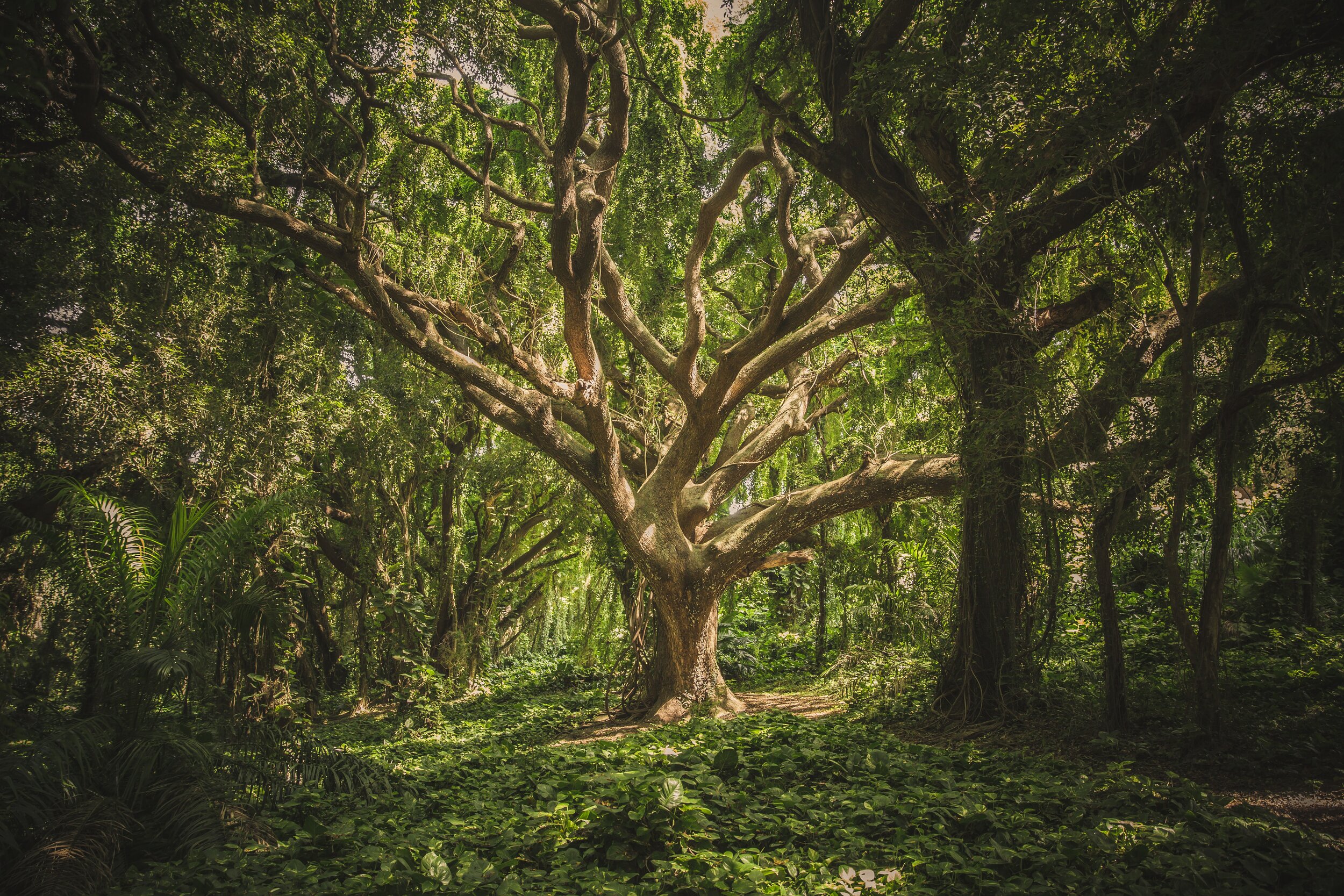
Assessing Biophilia in Architecture
A Definition
Biophilia is a term which translates to “love of life” and is a hypothesis which proposes that humans are innately drawn to natural patterns which have emerged from biological evolution. Edward O. Wilson popularised the term in the 1984 book titled ‘Biophilia’ and scientific research into the concept continues in the studies of environmental psychology, medical science & architectural design.
There is increasing evidence that the design of our built environment is heavily influenced by these natural patterns and that humans have a complex emotional response to architecture that aligns with certain mathematical rules of design which are embedded within biological systems.

Taj Mahal - Agra, India
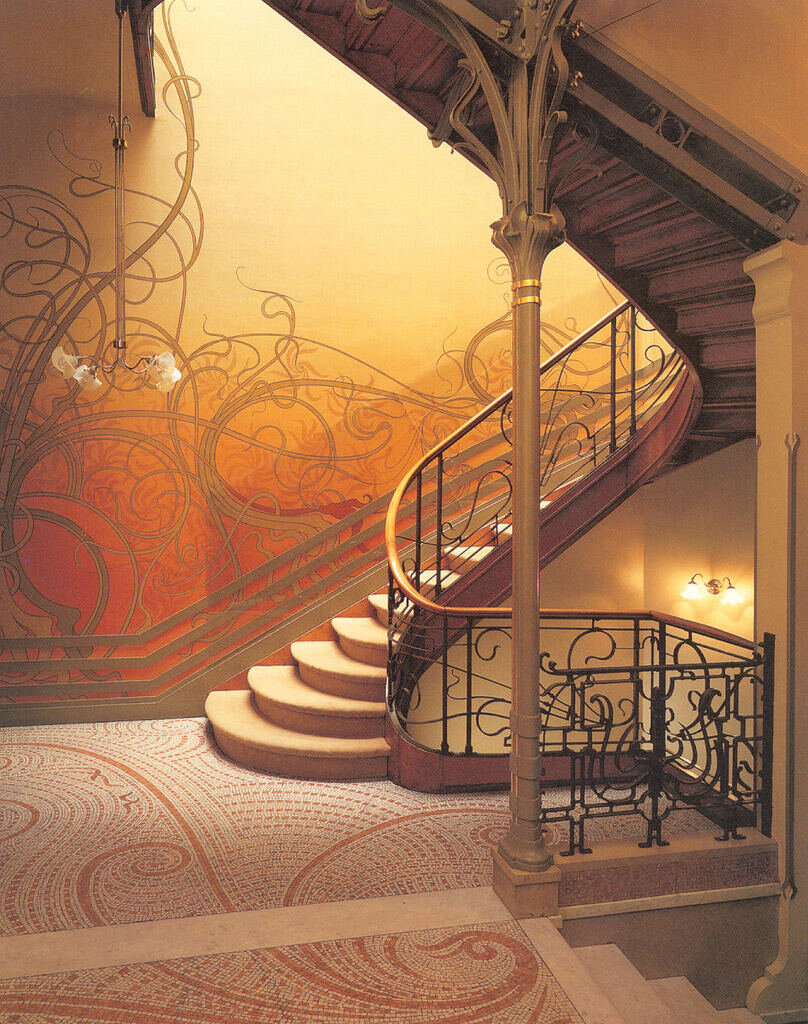
Hotel Tassel - Brussels, Belgium
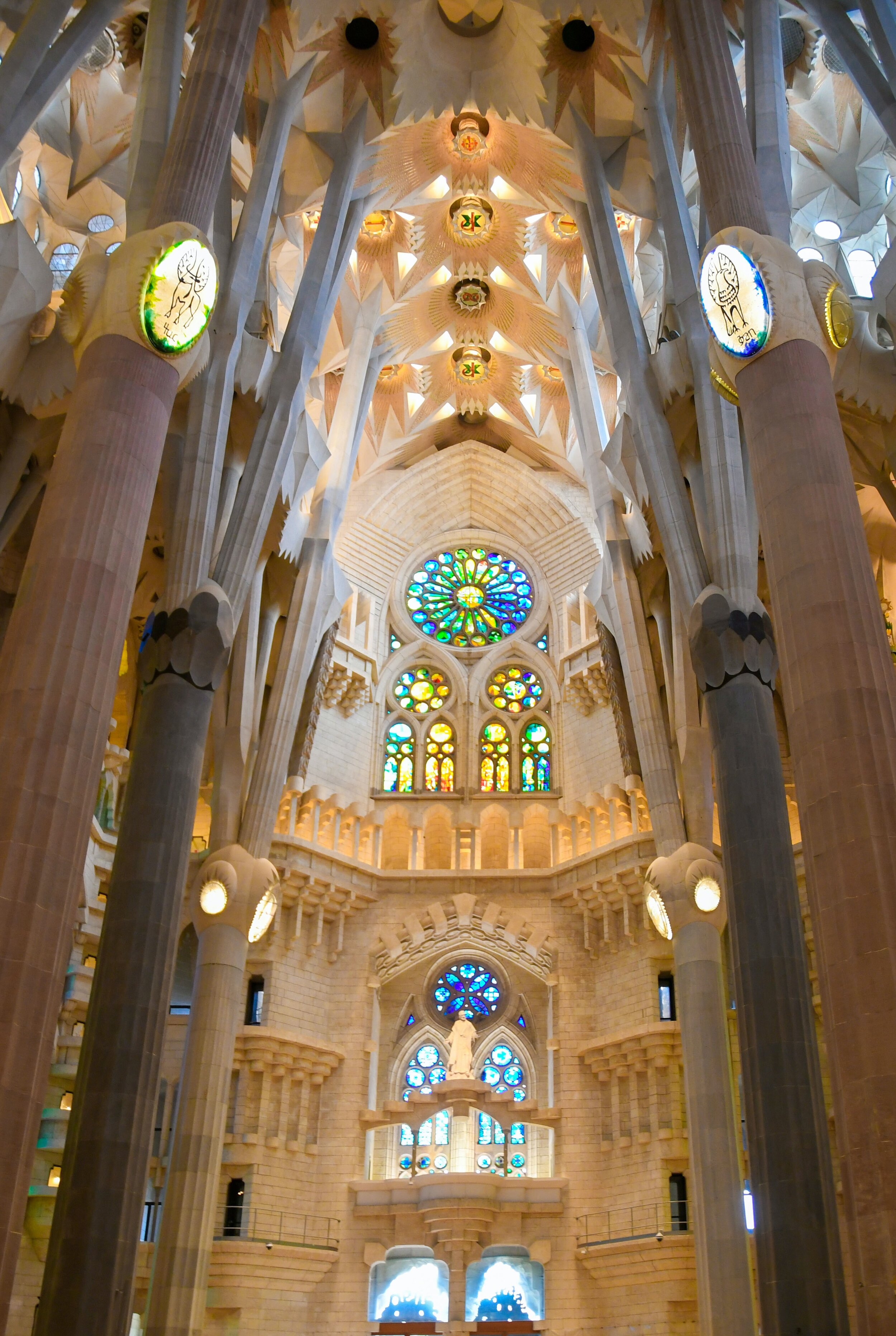
Sagrada Familia - Barcelona, Spain
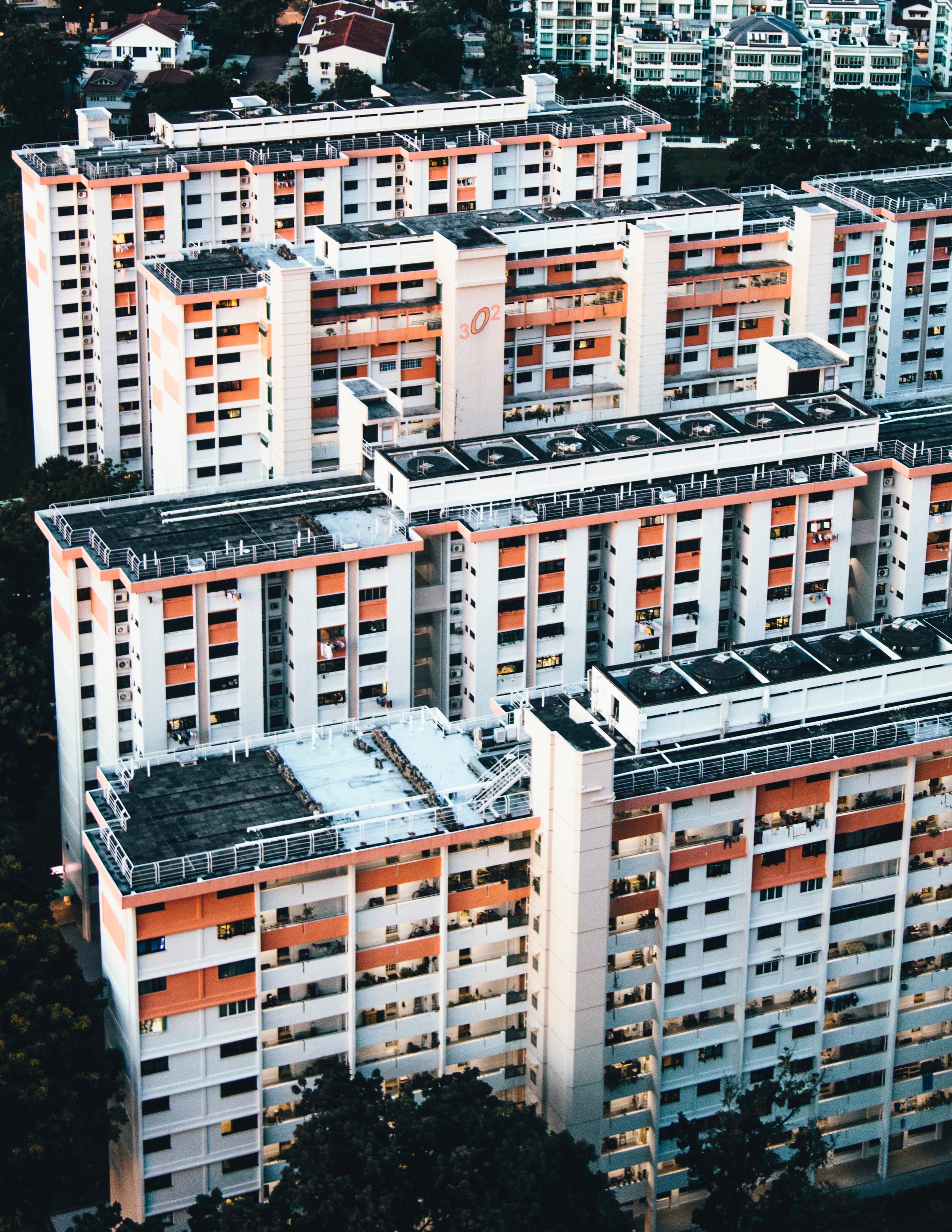
Apartments - Singapore
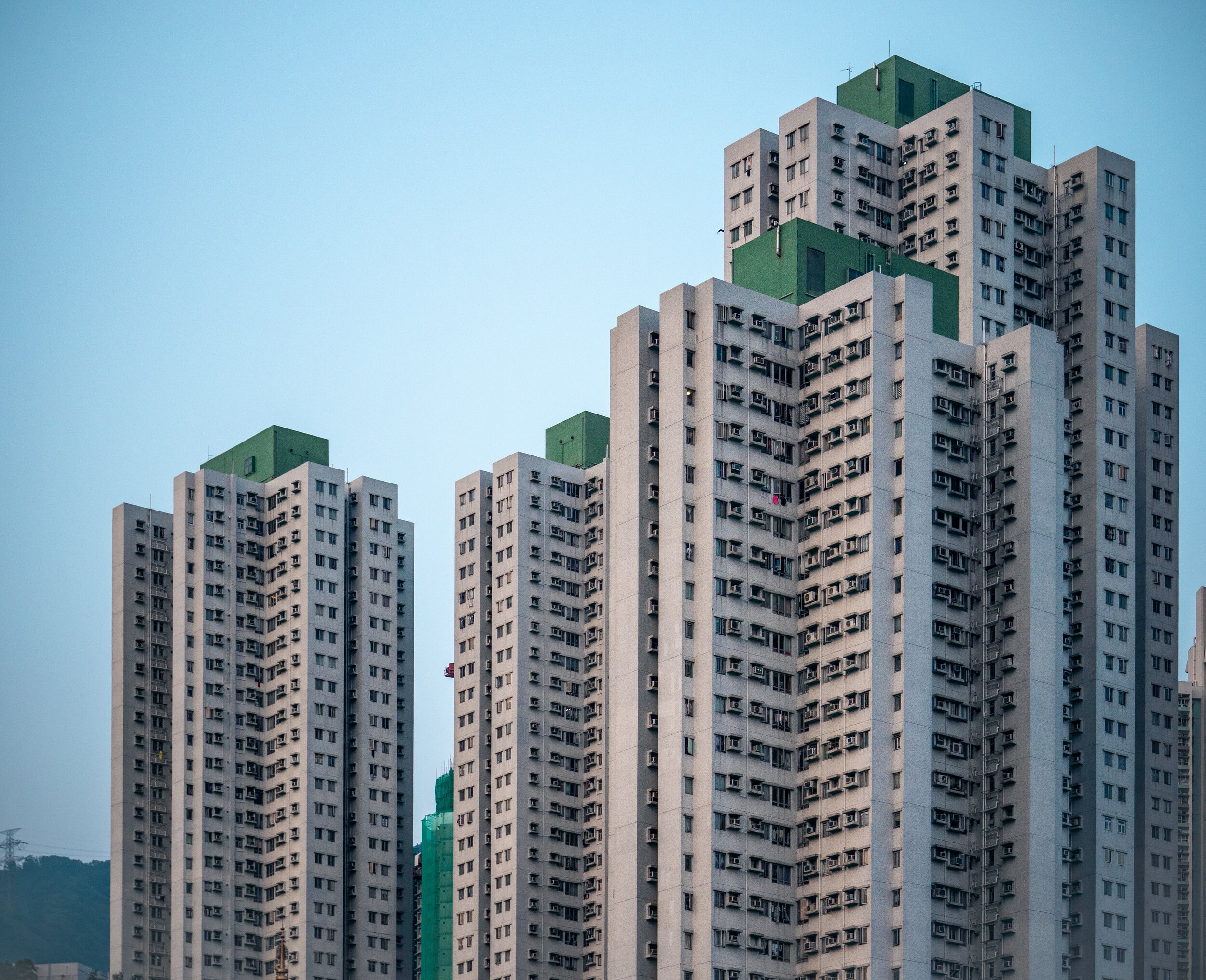
Apartments - Hong Kong
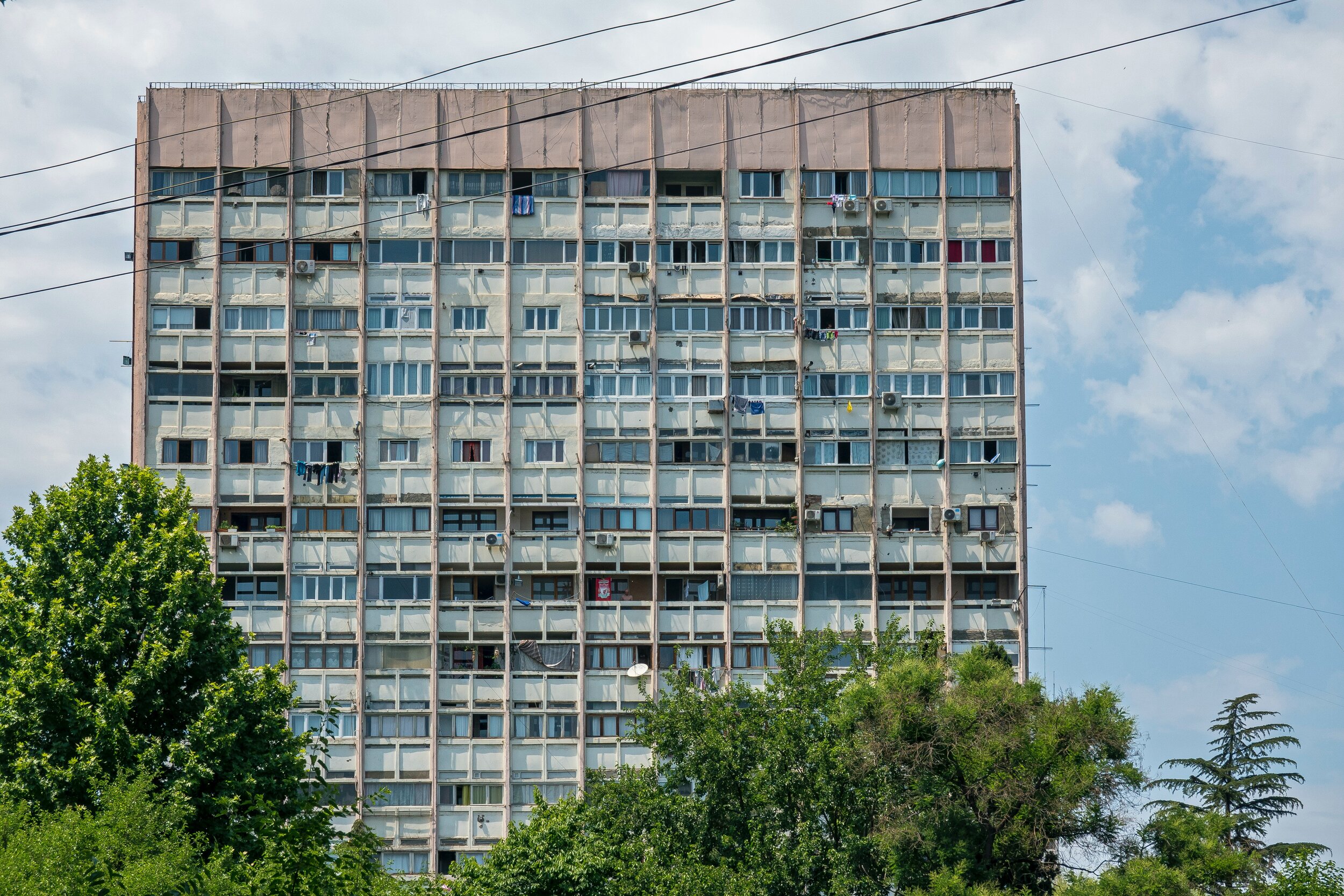
Apartments - Tblisi, Georgia
Biological Responses to Biophilia
Preference
Without delving into scientific literature and examining the objective understanding of the Biophilia theory, it’s very common that humans just prefer an environment which is inherently more ‘natural looking’. Studies show that we feel happier when exposed a greener environment, we have higher self esteem when we exercise in a natural environmental compared to an urban one, and we prefer looking at views which contain bodies of water.
Think about your own personal preference. What is your favourite place to walk the dog? What’s your dream holiday destination? What is your ideal home? If any of these are associated with a river, trees, forests or a coastline then doesn’t it make general sense that most other humans enjoy these features too?
Stress & Physiology
Good quantitative science has been completed on the body’s physiological reactions to nature, which are a less subjective means of assessment. For example;
In the office, your heart rate is more likely to return to a baseline level faster after if you sit next to a window with a view of nature.
The activity of the pre-frontal cortex and cortisol levels (stress hormone) both decrease when a person walks through a forested areas compared to being elevated when walking through a city.
It’s not only about visual aesthetics also; exposure to the sounds of nature has a reported impact on reducing cognitive fatigue; olfactory (smell) exposure to the essential oils of trees has been shown to boost the immune system and the haptic feedback of petting domesticated animals calms and soothes people with anxiety disorders.
Another good example in the modern workplace is the avoidance of eye fatigue and headaches caused by staring at computer screens, through access to the random patterns inherent in natural landscapes. By having a view to a natural environment; harmless non-rhythmic stimuli like the flight of birds or swaying of leaves in the wind are more frequently experienced and in turn offer the opportunity to relax muscles of the eye.
Cognitive Function
‘Productivity’ is probably one of the most used phrases is the management of business in the 21st century and yet it is very hard to define scientifically, particularly in white collar work, where the measurable output is judged in terms of its quality, how creative or innovative it is.
However, it would be ignorant to think that the built environment we create around us does not influence how we partake in our respective work activities. How does Biophilia fit in to this?
Well, if we quickly segway into the Epicurean school of Philosophy; whereby it is proposed that pleasure is the purpose of life and we naturally seek to experience pleasure (kinetic) and avoid pain (katastematic) then the theory of Biophilia seems to make a lot of sense.
We can actively seek pleasure if we have access to a plants, trees and bodies of water, and we can avoid pain though regulating stress hormones, reducing eye fatigue and being in an environment which we find preferential.
—————————-
Now I think the above synthesis should reinforce the benefits of embedding nature within the urban environments we create, not purely from the standpoint that it’s good for the environment, we now know that it’s very good for us too.
The next interesting question then could be, rather than just increasing our exposure to nature for the benefits already explained, can we design city environments that are innately natural? If we could, would these have the same benefits?
This?
Or this?
Biophilia Parameter #1
Fractal Dimension
A fractal is defined as a curve or geometrical figure, with a repeating ‘self similar’ pattern that has the same statistical character as the whole. These are basically irregular geometric objects with an infinite nesting of structure at all scales.
Examples of fractal patterns are shown in the images below and are found throughout the natural environment, from the formation of snowflakes, the branching of trees and even the structure of galaxies.
A fractal dimension is a numerical index of categorising fractal patterns on how they change in scale as they repeatedly change in detail. It’s a fairly ambiguous (and new mathematical description) because it involves both theoretical calculation and empirical measurement of the change in scale and results in two dimensional space, a fractal dimension or ‘ratio’ between 1.0 and 2.0 is often observed in natural objects.
This definition was created by Benoit Mandelbrot who made it his life’s work to better understand the mathematical patterns found in nature. Without going into too much detail here (pretty maths heavy) Benoit Mandelbrot basically proved that the complex patterns found in nature often have very simple geometrical rules governing them. A superb quote is found in the introduction to his book “The Fractal Geometry of Nature”:
“Clouds are not spheres, mountains are not cones, coastlines are not circles, and bark is not smooth, nor does lightning travel in a straight line.”
Linked to fractal dimensions is the famous ‘Golden Ratio’ of 1.618 which to my mind is best explained by looking at the Fibonacci Sequence of {0, 1, 1, 2, 3, 5, 8, 13, 21, 34, 55, 89, 144, 233, 377, 610, 987, 1597, 2584………} whereby the next number in the series is the sum of the previous two numbers. When you divide a number in the sequence by the previous number, you get a ratio or ‘scale factor’ of 1.618. Natural objects often (but not always) use this ratio because it is a very simple rule that can govern organic growth in the most efficient manner possible. This Numberphile video is great at visualising how the golden ratio is used in a sunflower to most efficiently pack seeds in the surface area of a sunflower head.
Building on the work of Mandelbrot, researchers have suggested by experimentation that humans innately prefer geometry, images and patterns that have a fractal dimension and so if one was to produce anything that seeks to be aesthetically pleasing to humans, or to appear ‘natural’, whether this is art or architecture, embedding fractal dimension seems to be a key ingredient.
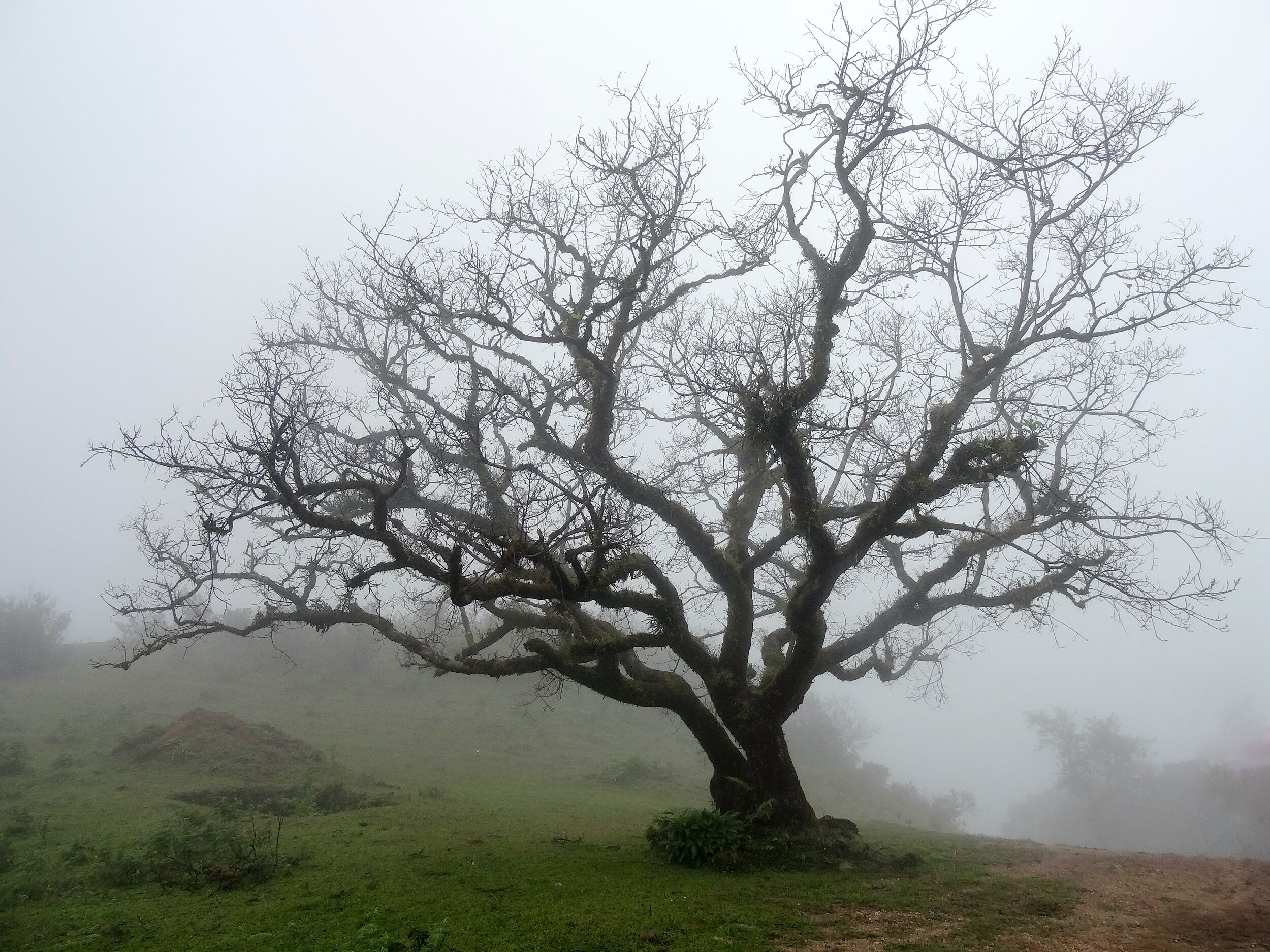
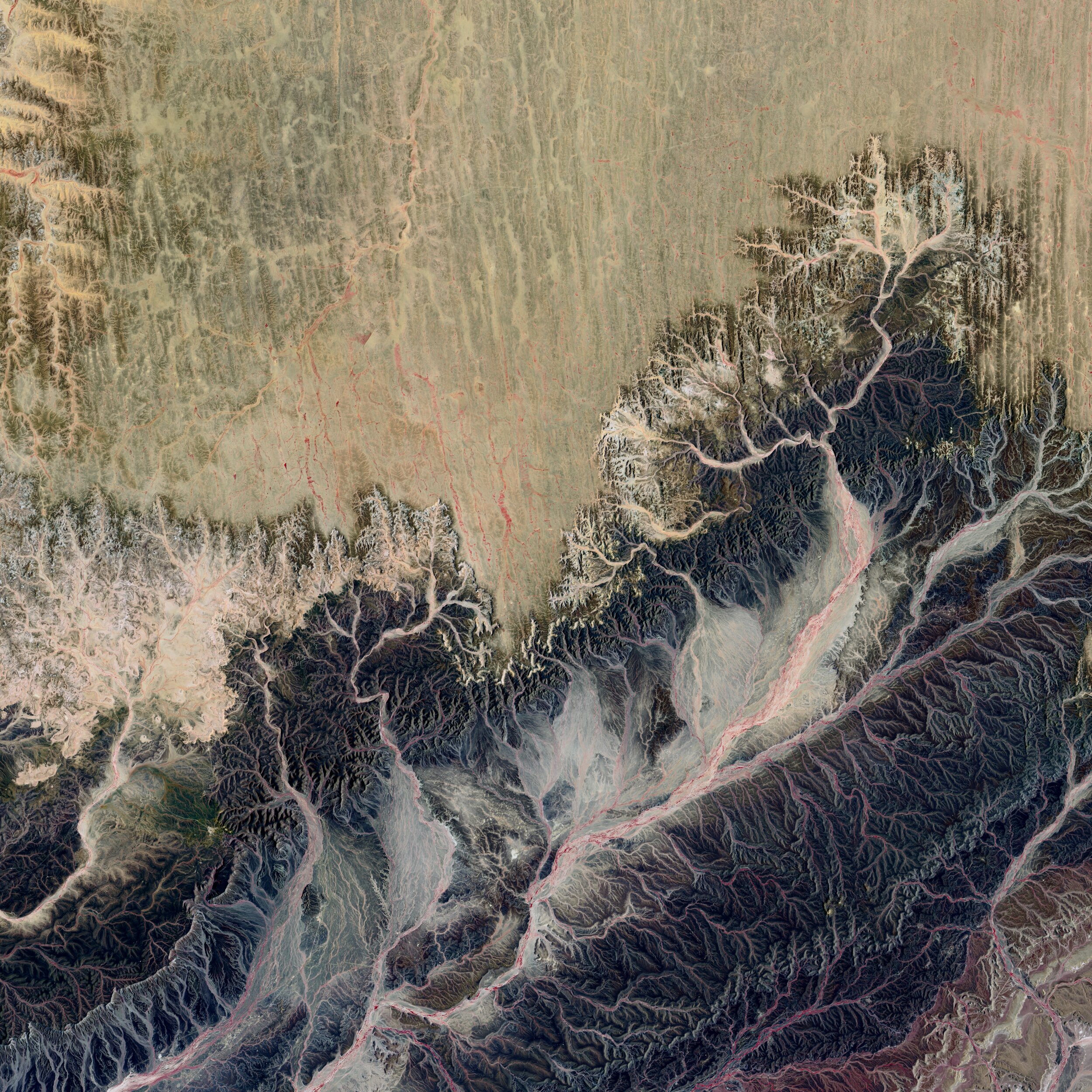

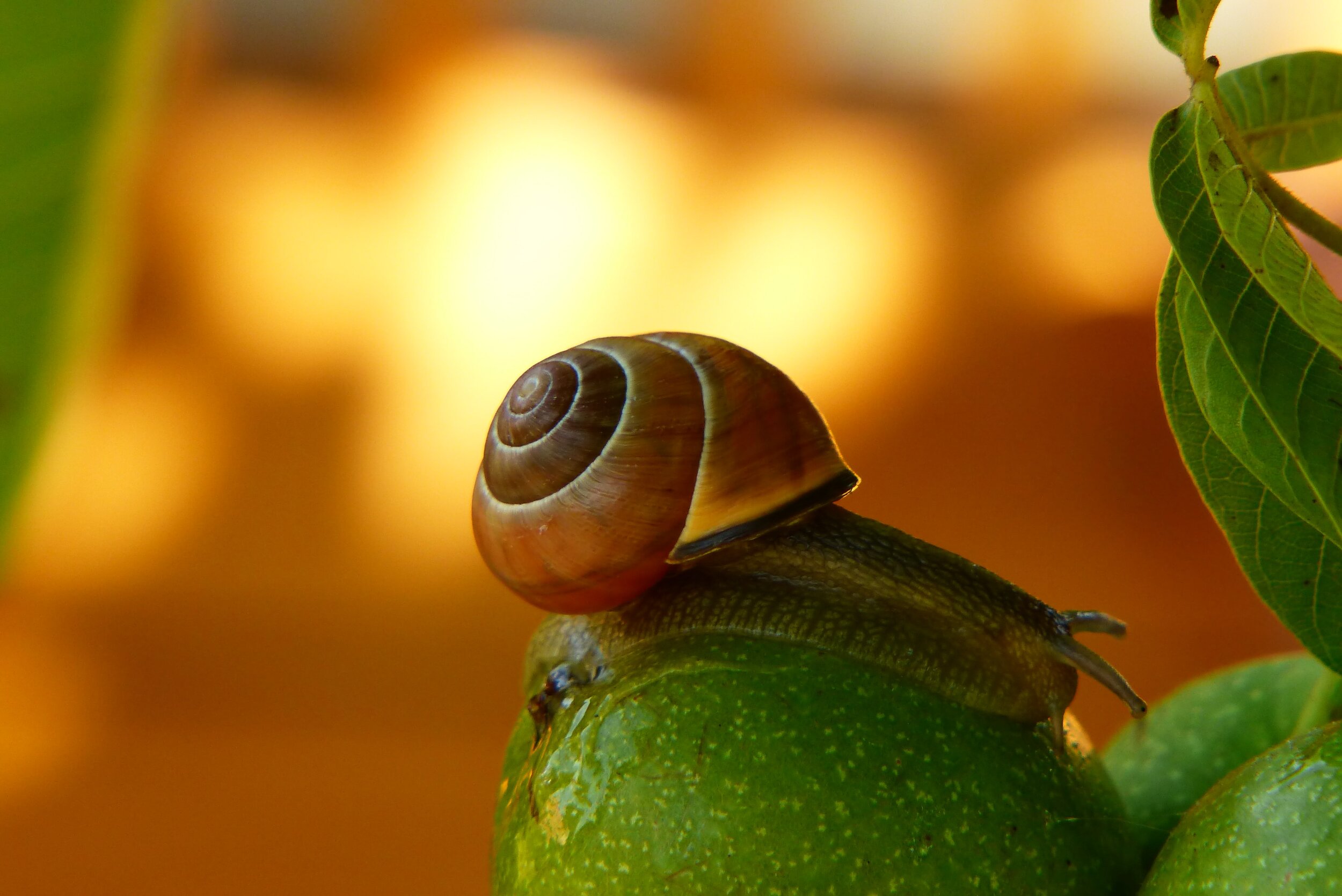

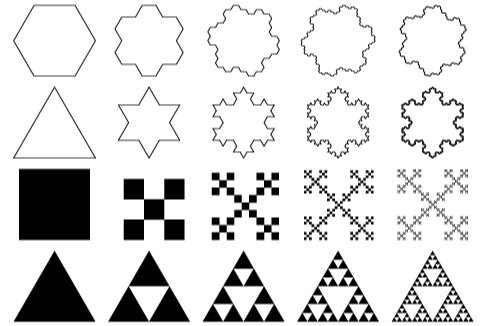


Biophilia Parameter #2
Angles & Sequences
Biophilia Parameter #3
Colour
Biophilia Parameter #4
Visual Contrast
In progress!
Some Nerdy Stuff
Computing Fractals
Certifying Biophilia
International Living Institute - Biophilic Design Initiative

